Pacific Southwest Project Resources:

Beach-building (accretion) and erosion are natural processes. The desire to live and build structures on our coastlines exposes our homes, roads, commercial and industrial facilities, shipping ports, marinas, and other buildings to shoreline erosion.
Why do we care about the erosion along our coasts?
Our coastlines are currently home to 40% of the U.S. population. There is a long trend of higher growth on the coasts. The coastal area of the U.S. is twice as developed as the rest of the country: 8.8%, versus 4.09% of the interior.
As global sea level rises, wave action and storm surge increase the likelihood of extensive coastal erosion. It is estimated that coastal erosion currently costs roughly $500 million per year for U.S. coastal property loss, including damage to structures and loss of land. As our climate continues to change, the increasing frequency of extreme weather threatens our shoreline communities.
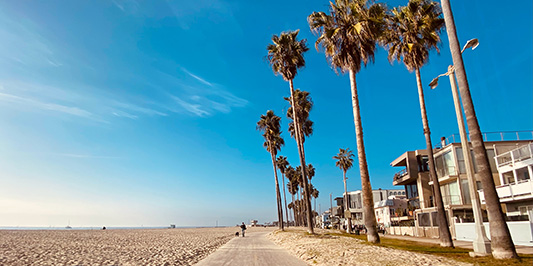
Our coastlines are currently home to 40% of the U.S. population. There is a long trend of higher growth on the coasts.
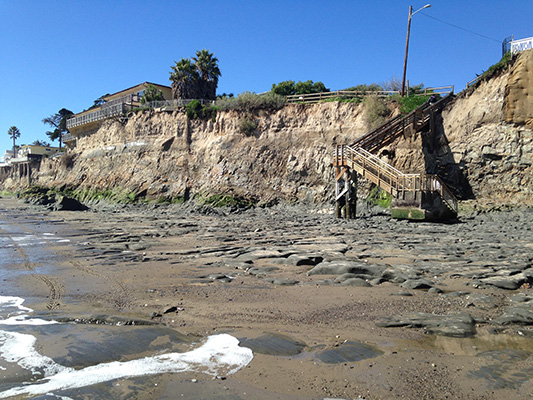
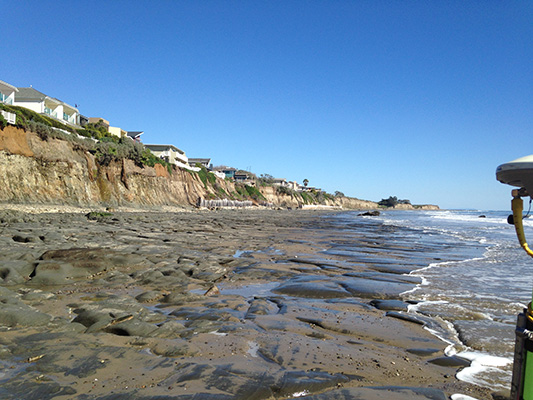
With its miles of white sand cerulean water, California is synonymous with its beaches. A world-famous tourist destination, the coast of the Sunshine State is home to some of the most high-dollar residential properties in the world. Sunbathers, beachcombers, and surfers flock to the coast for nearly year-round sunshine and consistently warm weather. Despite its famously steep cost of living, California hosts the highest coastal population in the continental U.S.
Aside from its beauty, the Golden Coast serves a critically important purpose: it is the first line of defense against storm impacts for millions of residents. As rising sea levels encroach on California’s beaches, homes and businesses are left vulnerable to flooding and foundational damage.
Presently, about 85% of the California coast experiences active erosion. As water levels rise and sand is depleted, miles of recreational beaches and nature preserves will become submerged. According to the U.S. Geological Survey, up to 67% of Southern CA beaches could become completely eroded by 2100. If California’s vanishing beaches are not addressed, erosion could eventually claim thousands of oceanfront structures.
Damage to native marine ecosystems aggravates accelerated coastal erosion. Watersports and recreational boating can damage reefs, create wakes, and disrupt tidal patterns. Marine vegetation beds, oyster reefs, marshes, and wetlands are natural structures that soak up tidal surges, absorb wave energy, and anchor sand. Human activities that harm these features unbalance native ecosystems and accelerate erosion. Living shorelines address the problem of disappearing beaches by restoring the ecosystems that nourish them naturally.


Where it is feasible, returning our coastal estuaries and shoreline to a natural, undeveloped state can increase the resilience to storms, flooding, erosion, and other threats to these communities. Coastal wetlands are well known to be natural sponges that absorb floodwaters, putting the brakes on destructive wave action, and mitigating coastal erosion. Natural shorelines buffer storm surges, sequester carbon and other pollutants, and support a healthy habitat for commercially and recreationally important fish species.
Living shorelines, soft shore protection, Green Shores for Homes, and other hybrid approaches are nature-based solutions to coastal erosion that can mimic nature while protecting your property and increasing critical habitat for marine species. Coastal restoration projects may replace a seawall or bulkhead with a natural beach, soft shore protection, salt marsh bordered by an oyster reef, or similar structure. One study found that living shorelines removed more than 50% of nitrogen from the water, and more was removed as sites matured.
Living shorelines are natural solutions to coastal erosion.
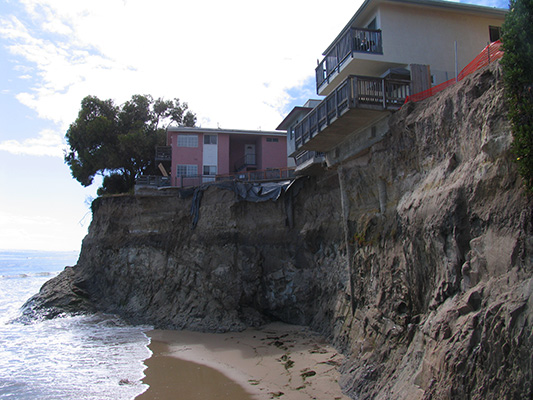
Credit: Patrick Barnard, PacificCoastal and Marine Science Center.
Protecting coastal communities has become increasingly important as the population grows and sea levels rise. However, shoreline hardening has harmful impacts on wildlife and fish habitat. One study found that seawalls supported 23% lower biodiversity and 45% fewer organisms than natural shorelines.
Soft shore protection, or living shorelines, is a natural approach to reduce erosion and flooding, while also creating or maintaining habitat. Living shoreline projects may replace a seawall or bulkhead with a natural beach, soft shore protection, salt marsh bordered by an oyster reef, or similar structures.
One study suggested that marshes protect shorelines from erosion better than bulkheads. It found that Hurricane Irene damaged 76% of bulkheads surveyed, while it did not damage marshes with or without sills.
If you live on the shoreline, you will find a softer shoreline to be more beautiful and resilient than a bulkhead. Living shorelines are often more effective if they stretch along an entire beach rather than just one property. Consider connecting with your neighbors to build living shorelines. If you do not live on the shoreline, consider volunteering to help with projects to restore coastal areas, such as planting marsh grasses and removing invasive plants.
A marsh sill is a type of low-profile stone structure used to contain sand fill to create a newly planted marsh that dissipates wave energy so that the marsh can establish and help reduce erosion farther inland.
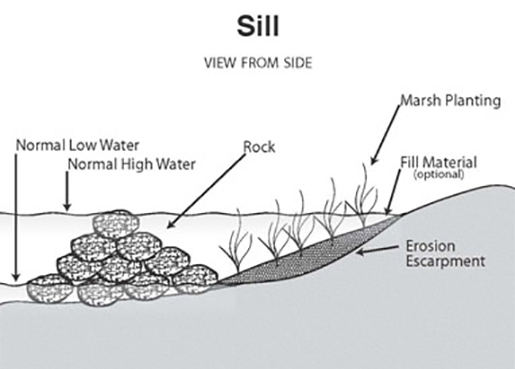
North Carolina Environmental Quality
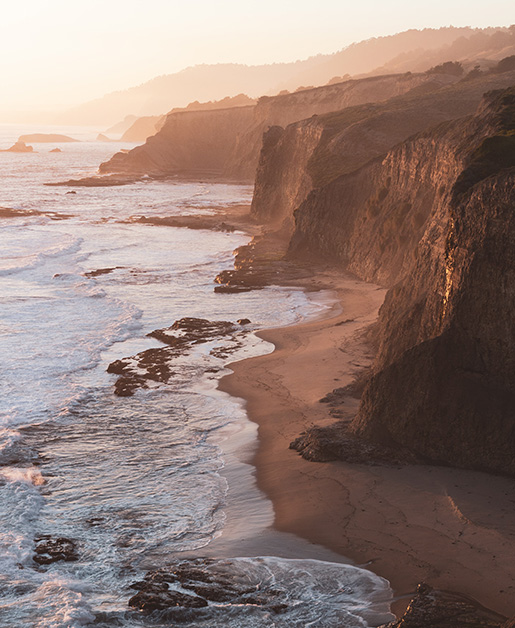
We need your help to improve the Toolkit by completing our easy, 3-minute survey. Your insight is valuable to us.